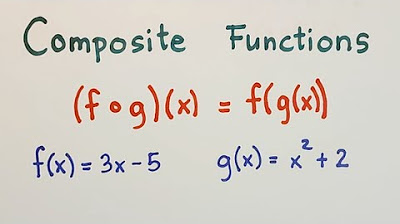Zeiss Milvus Distagon 18mm f/2.8 Final Review + IQ
Summary
TLDRDustin Abbott reviews the Zeiss Milvus 18mm f/2.8 lens, praising its beautiful design and construction but finding its optics to be good but not exceptional compared to less expensive options. He compares it directly to the Tamron 15-30mm and Rokinon 12mm lenses, showing similar sharpness and performance despite higher cost. He concludes it produces great images but the extra cost may not yield better optical quality over other lenses.
Takeaways
- 😀 The Zeiss Milvus 18mm f/2.8 is a beautifully built and high-quality wide angle lens, with great weather sealing and handling.
- 👍🏻 It has a common 77mm filter thread, allowing the use of more accessible and affordable filters like ND filters for long exposures.
- 🌠 It performs very well for night sky and astro photography, with good control over coma and star stretching in the corners.
- 🔎 Optically, it does not clearly outperform cheaper lenses like the Tamron 15-30mm or Rokinon 12mm in sharpness and resolution.
- 😕 There is noticeable vignetting when shooting video, which could be an issue.
- 💡 It transmits more light than the Tamron, needing over a stop less exposure for equivalent brightness.
- 🌈 Chromatic aberrations are extremely well controlled.
- 👍 It has very low distortion, keeping lines straight even shooting up staircases.
- 🔬 Center sharpness seems on par with cheaper lenses, but edge sharpness falls behind slightly.
- 💰 The high cost may not bring a meaningful jump in optical quality over cheaper lenses.
Q & A
What lens is being reviewed in the video?
-The Zeiss Milvus 18mm f/2.8 lens is being reviewed.
How does the image quality of the Zeiss lens compare to other cheaper lenses?
-The Zeiss lens produces great images but does not necessarily outperform cheaper options like the Tamron or Rokinon lenses in terms of sharpness, especially in the corners.
What is the law of diminishing returns in regards to lenses?
-As lenses have gotten much better in recent years across all price ranges, spending more money does not necessarily get you a more highly performing lens over cheaper alternatives.
What is a benefit of the 77mm filter thread on the Zeiss 18mm lens?
-The 77mm filter thread allows the use of more accessible and affordable filters like neutral density filters to enable long exposure photography.
How does the Zeiss lens perform for astrophotography?
-It has well controlled coma and renders star points sharply, performing as well as or better than the 15mm Distagon and Tamron.
What is a disadvantage of the Zeiss 18mm lens?
-It has fairly heavy vignetting, which could be problematic for video work.
How does the Zeiss lens handle chromatic aberrations?
-It handles chromatic aberrations extremely well and has basically no visible color fringing.
How does the manual focus experience compare to other Zeiss lenses?
-The focus ring is perfectly damped and glides beautifully, similar to other Zeiss manual focus lenses.
What type of photographer would this lens work well for?
-Landscape, architecture, and astrophotographers would appreciate the high image quality, weather sealing, and manual focus experience.
What is an alternative lens recommendation for a cheaper option?
-The Tamron 15-30mm f/2.8 is sharp across the frame when stopped down and costs significantly less while allowing zoom flexibility.
Outlines

This section is available to paid users only. Please upgrade to access this part.
Upgrade NowMindmap

This section is available to paid users only. Please upgrade to access this part.
Upgrade NowKeywords

This section is available to paid users only. Please upgrade to access this part.
Upgrade NowHighlights

This section is available to paid users only. Please upgrade to access this part.
Upgrade NowTranscripts

This section is available to paid users only. Please upgrade to access this part.
Upgrade Now5.0 / 5 (0 votes)






